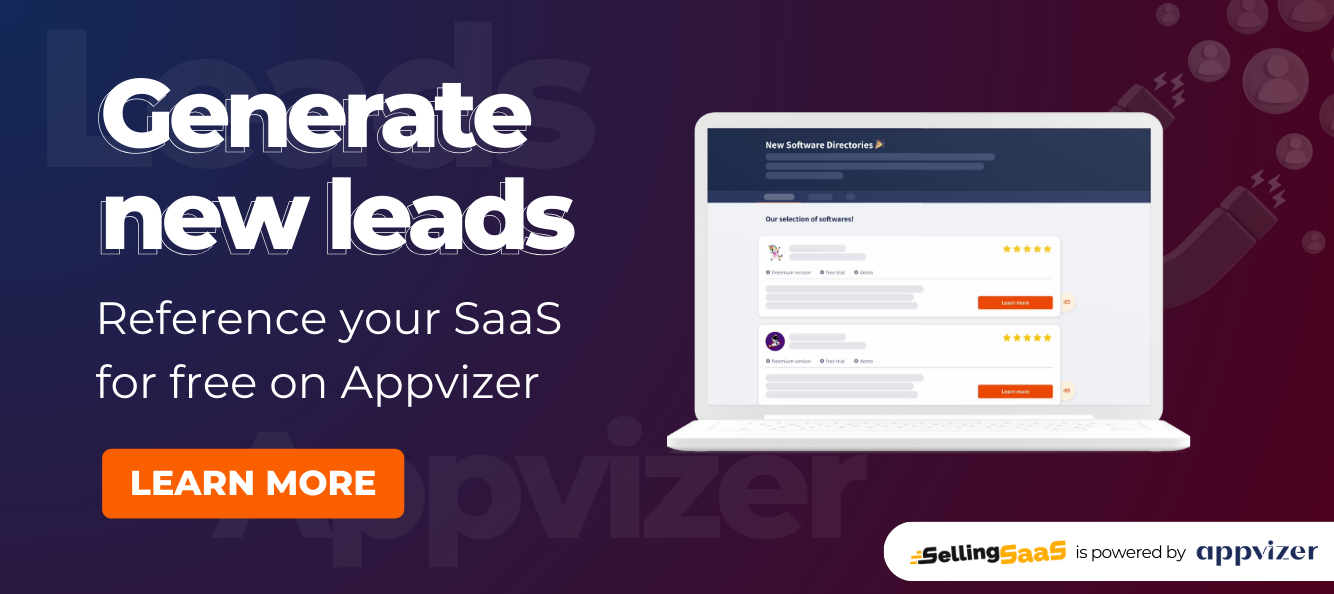Consumption-based pricing is a dynamic and increasingly popular pricing strategy in the Software as a Service (SaaS) sector. This model, focused on charging customers based on their usage or consumption of services, offers flexibility and scalability, making it a compelling alternative to traditional subscription models. In this article, we’ll explore what consumption-based pricing is, its benefits, implementation strategies, challenges, and its future in the SaaS industry.
Part 1: Introduction to Consumption-Based Pricing
Definition and Explanation of Consumption-Based Pricing
Consumption-based pricing is a model where customers are billed based on their actual usage of a service or product, rather than a fixed monthly or yearly fee. This approach aligns billing with the value received, creating a fair and transparent pricing structure.
Benefits and Advantages
- Customer Flexibility: Customers pay for only what they use, making it an attractive option for a variety of users.
- Business Scalability: It allows businesses to scale pricing according to customer usage, leading to potential revenue growth.
- Enhanced Customer Satisfaction: This model can lead to higher customer satisfaction as users feel they are getting value for their money.
Comparison to Traditional Subscription Models
Unlike fixed subscription models, consumption-based pricing offers a pay-as-you-go approach. This can lead to more predictable costs for customers and aligns more closely with customer value, potentially reducing churn rates.
Part 2: Implementation and Strategies for Consumption-Based Pricing
Factors to Consider When Implementing
- Understanding Customer Usage Patterns: Analyze how customers use your product to determine the most appropriate pricing metrics.
- Transparent Communication: Ensure customers understand how their usage affects billing.
- Technology and Infrastructure: Invest in technology that can accurately track and report usage data.
Different Pricing Models and Approaches
- Pure Consumption Model: Customers are billed solely based on usage metrics, such as data storage used or compute time.
- Tiered Usage Model: Implement tiered pricing where different levels of usage fall into different pricing brackets.
- Base Fee Plus Consumption: Combine a base subscription fee with additional charges based on usage.
Case Studies and Examples
- Example 1: A cloud storage company charging per GB of data stored.
- Example 2: A SaaS platform offering a base subscription with additional fees based on the number of users or transactions.
Part 3: Challenges and Considerations for Consumption-Based Pricing
Potential Challenges and Limitations
- Customer Budgeting Difficulties: Variable costs can make it hard for customers to budget.
- Complex Billing Systems: Implementing sophisticated tracking and billing systems can be challenging and costly.
- Perception of Fairness: Customers may perceive variable costs as less fair compared to fixed pricing.
- Unpredictable Costs for Customers: Customers may find it challenging to predict their monthly expenses, as seen with AWS’s complex pricing structure.
- Demanding Infrastructure: Implementing a usage-based pricing model requires sophisticated tracking and billing systems, which can be resource-intensive.
Overcoming Challenges and Optimizing
- Predictive Analytics: Provide customers with tools to predict and manage their costs.
- Customer Education: Educate customers on how to maximize value within this pricing model.
- Simplified Pricing Structures: While maintaining the consumption basis, strive to keep pricing models as simple as possible.
- Usage Alerts and Forecasting Tools: Offer tools like Microsoft Azure’s cost management and billing features, which help customers predict and manage their expenses.
- Transparent Communication and Education: Salesforce effectively educates customers on their usage and how it translates into billing.
- Simplified Pricing Tiers: Shopify’s simplified tiered pricing model offers clarity and predictability while still based on usage parameters like sales volume.
Future Trends and Predictions
- Increased Adoption: As businesses seek more flexible and scalable models, consumption-based pricing is likely to gain popularity.
- Advanced Analytics Tools: Development of more sophisticated tools to help businesses and customers better understand and manage usage.
- Integration with AI and Machine Learning: Leveraging AI to provide more personalized and efficient pricing models based on user behavior.
- Growth of AI-Driven Pricing: Integration of AI for personalized pricing models based on user behavior and preferences.
- Hybrid Models: A trend towards combining fixed subscription fees with variable usage-based elements, offering customers both predictability and flexibility.
- Greater Transparency and Control: Tools enabling customers to better understand and control their usage and expenses will become more sophisticated and user-friendly.
Consumption-based pricing represents a significant shift in the SaaS industry, offering a more flexible and customer-centric approach compared to traditional subscription models. While it comes with its challenges, proper implementation and optimization can lead to increased customer satisfaction and business growth. As we look to the future, this model seems poised for further innovation and adoption across various sectors.


